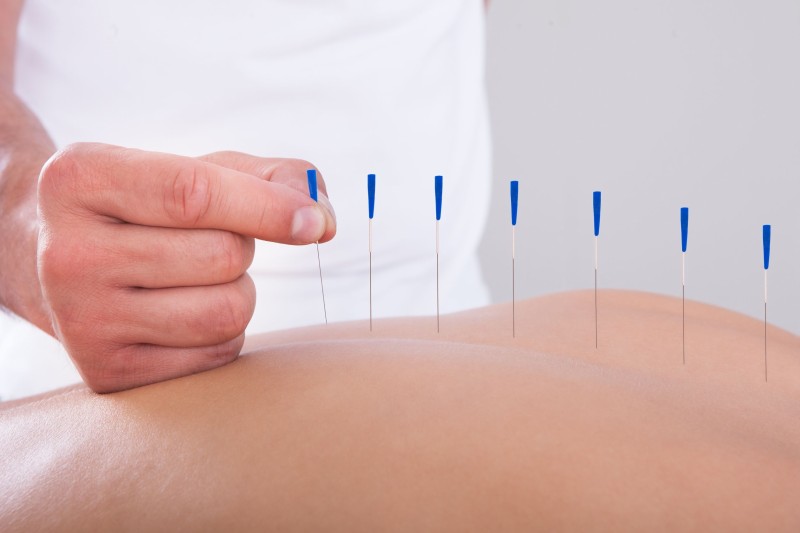While regenerative medical therapies are becoming more mainstream within medical practices for the treatment of degenerative conditions such as tendonitis, osteoarthritis, and even fractures, the research being performed on this kind of therapy is not so easily accessible in a way that is easy for most individuals to understand.
Platelet-rich plasma (PRP) therapy has the ability to benefit a huge number of patients. As the patients, however, you have the right to understand thoroughly the type of treatment that you will be receiving and how it works! While your doctor can certainly explain this to you, many people find comfort from researching their medical procedures online prior to visiting the doctor’s office.
If you are one of those patients in search of understanding the nitty-gritty details of PRP therapy, look no further.
What Is A Graft?
Platelet-rich plasma is particularly remarkable because it harnesses the power of your body’s own healing energy. You may have heard the term “tissue graft” or “skin graft,” referring to the placement of a new tissue on an injury for the purpose of healing. PRP therapy isn’t so different! When a tissue is taken from the same individual who is receiving the treatment, this type of graft is called an “allograft.”
What’s Different About PRP?
The particularly interesting thing about PRP therapy is that it can be called a “flowable allograft tissue.” In other words, this means that the tissue being delivered to your body for treatment is not solid, like a skin graft, but can instead be injected directly into your joint, tendon, or muscle in need of repair!
Some companies have made it very easy for medical practices to perform PRP therapy in their offices. The use of flowable allograft tissue kits can save your doctor time and allow your medical practitioners to spend more time with the most important thing in the office—you!

